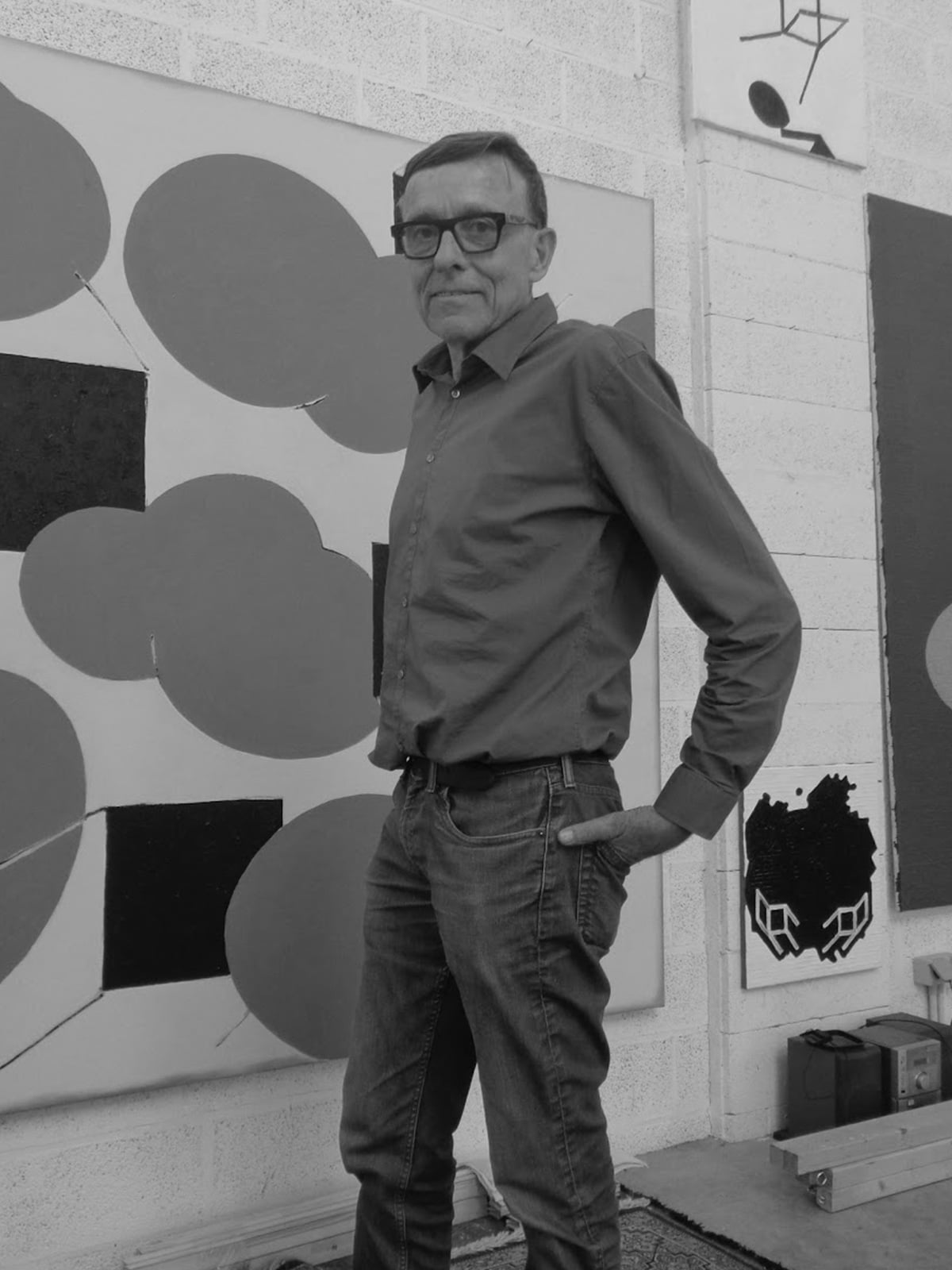
Dutch-born painter Thé van Bergen has developed a rigorous body of work since the 1970s. Although his first paintings are resolutely abstract and can be classified as monochrome, they have the peculiarity of referring to the category of monochromes, they have the peculiarity of referring to the pictorial support, whether this be a layer spread to prepare the canvas to suggest or the intertwining of paint covering the canvas and refers to its weaving. Later, schematic figures appear, first isolated from the background, then in a more complex relationship between background and form. Evolution continues with isolated and schematic figures multiplying and establishing relationships with each other.
For several years now, the painter has lived near Montauban-Buzenol and his work has become increasingly stripped down. The figure remains present, but is more schematic and contains nothing more narrative or anecdotal. It has become a form in the service of painting. The definition of painting is simple – pigment on a support. It is precisely this simplicity that allows it to find infinite uses and provokes the ever-renewed pleasure we experience when we come into contact with it.

